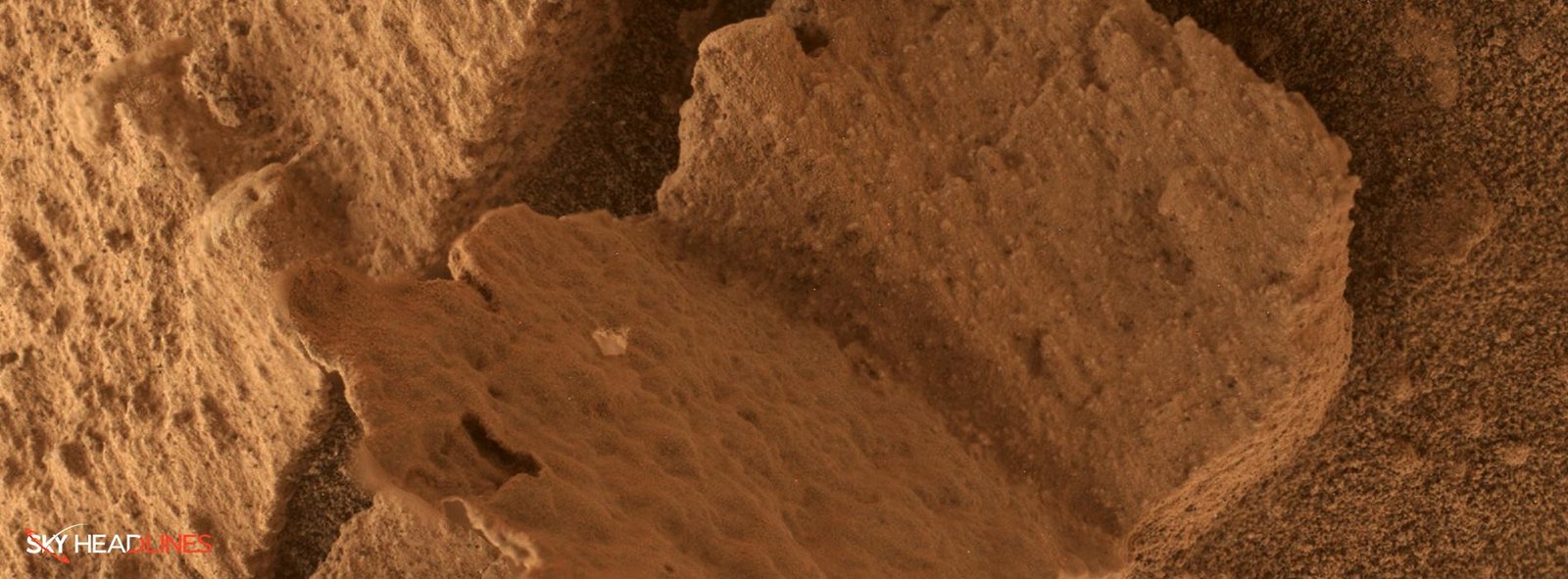Following its groundbreaking cloud-imaging mission last month, NASA’s Curiosity rover continues to astound scientists with captivating observations, including the recent discovery of a hardcover-shaped feature on April 15, marking the mission’s 3,800th Martian day (or sol). Geologists, akin to meticulous librarians, carefully examine the evidence surrounding them to unravel the mysteries of Mars‘ past. NASA officials suggest that the distinctive shape of rocks like this one is typically attributed to water flowing through the region billions of years ago when the Red Planet boasted a significantly wetter environment.
What did JPL reveal about the discovery regarding wind erosion?
The world is now considerably drier and windier. “After eons of being sand-blasted by the wind, softer rock is carved away, and the harder materials are all that’s left,” NASA’s Jet Propulsion Laboratory (JPL) in Southern California, which manages Curiosity rover mission, revealed of the discovery on Thursday (May 11).
J. Paul Getty Museum:
While writing is supposed to have started in ancient Sumer (near the modern-day Persian Gulf) some 5,400 years ago, the manner in which humans record information is numerous, according to the J. Paul Getty Museum.
What is the argument presented by the 2023 study regarding the “dots” in a cave picture?
One 2023 study argues that the “dots” in a cave picture could be a kind of writing from 20,000 years ago, while the conclusion is debatable. Modern forms of writing have been placed on rock walls, clay tablets, and scrolls, to name a few reading styles.
British Library:
According to the British Library, what we now term “books” began with codices, initially as wax tablets and subsequently as parchment in the Mediterranean and Mesopotamian areas. Dating is difficult, but the format has been quite common in Greco-Roman times, if not before.
According to JPL, Curiosity rover has been exploring Mars’ Gale Crater since August 2012, with critical results in science papers including the discovery of persistent liquid water on ancient Mars, potential evidence of old life through organics, and examinations of radiation at the surface.
What is the purpose of the Perseverance mission on Mars?
Perseverance, a successor mission, is working in the Jezero Crater area of Mars, caching tubes (or lightsabers) of samples for future return to Earth. The sample return effort is scheduled to pick up with the launch of a relay spacecraft and a handful of mini-helicopters in the late 2020s.





